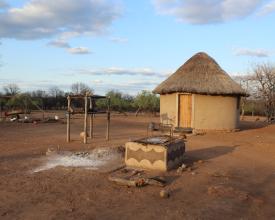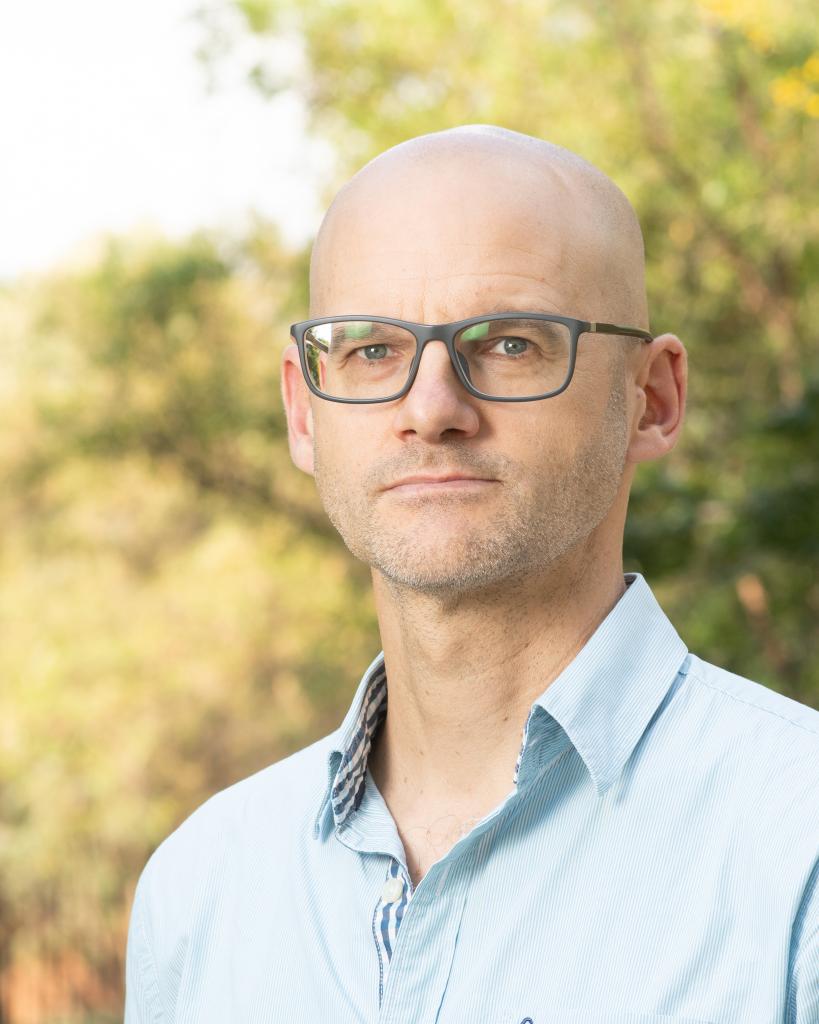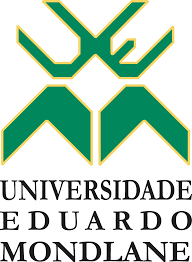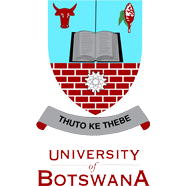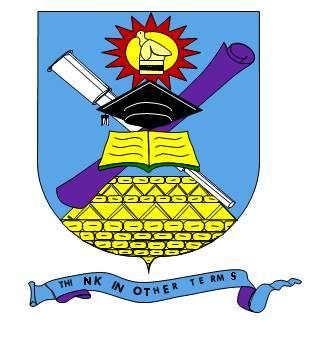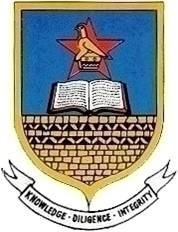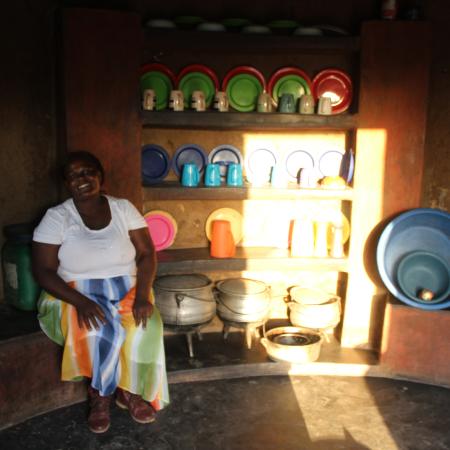
ProSuLi : Promouvoir des moyens de subsistance durables dans les zones de conservation transfrontalières (TFCA) grâce à la santé du système socio-écologique
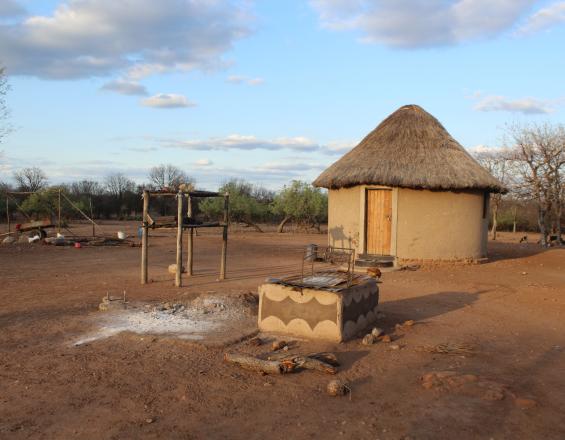
Les zones de conservation transfrontalières (TFCA) ont été créées pour promouvoir la conservation de la biodiversité et améliorer les conditions de vie des résidents locaux. Le projet ProSuLi s'est engagé avec quatre communautés vivant dans deux TFCA dans trois pays (Botswana, Mozambique et Zimbabwe) à identifier, co-concevoir, mettre en œuvre et contrôler les interventions susceptibles d'améliorer et de diversifier les moyens de subsistance et de gérer les ressources naturelles. L'hypothèse du projet était que l'action collective soutenue par un renforcement ciblé des capacités et des systèmes de gouvernance co-conçus pouvait bénéficier à l'ensemble du système socio-écologique.
Contexte
Défis à relever
La conception d'un projet transdisciplinaire dans lequel les bénéficiaires finaux co-conçoivent tout, y compris les principes académiques et la mise en œuvre des résultats du projet avec toutes les parties prenantes, parce que cela exige d'embrasser plus de complexité et des plans d'action qui ne sont pas des "solutions simples".
Comprendre la différence entre "l'innovation technique" et "l'innovation de processus" et pourquoi la première a besoin de la seconde pour réussir, en particulier pour l'utilisation durable des ressources naturelles.
Les interventions devraient favoriser les connaissances et les pratiques locales et/ou promouvoir l'émergence d'innovations par les acteurs locaux, car les interventions extérieures sont souvent accueillies avec scepticisme.
Emplacement
Traiter
Résumé du processus
La conception de l'intervention est cruciale : elle doit être suffisamment souple pour s'adapter au contexte local.
Le temps et les ressources devront être négociés avec le donateur et les autres acteurs du projet, y compris les bénéficiaires finaux.
Pour mettre en œuvre un projet transdisciplinaire, il faut des spécialistes expérimentés de la transdisciplinarité, des compétences en matière de participation et de facilitation, ainsi que de jeunes professionnels.
Si le projet vise à améliorer les moyens de subsistance ou le bien-être des personnes, n'imposez pas d'activités ou d'interventions dont la probabilité de réussite est faible. Les bénéficiaires savent mieux que quiconque ce dont ils ont besoin.
Blocs de construction
Projet entièrement transdisciplinaire
ProSuLi étant un projet de développement mis en œuvre par des chercheurs, nous voulions tester si un projet transdisciplinaire complet pouvait avoir du sens au profit de TFCA.
Aucune activité n'a été imposée aux bénéficiaires finaux en dehors de l'approche participative (qui a été adaptée de manière flexible au contexte de chacun des quatre sites).
L'hypothèse du projet était qu'une action collective soutenue par un renforcement ciblé des capacités et des systèmes de gouvernance co-conçus pouvait aboutir à une meilleure appropriation des moyens de subsistance et à une utilisation plus durable des ressources naturelles au profit de l'ensemble du système socio-écologique.
Facteurs favorables
Une solide équipe de projet multidisciplinaire, dont beaucoup se connaissent déjà et qui compte de nombreux collègues en sciences sociales.
Du temps pour établir la confiance entre les membres du projet et les acteurs locaux/bénéficiaires finaux (en général, un projet de trois ans n'a pas assez de temps pour établir cette confiance).
Des ressources pour des interventions/missions multiples qui ne peuvent pas être listées au début du projet car l'approche doit s'adapter au contexte local (par exemple, les relations de pouvoir entre les acteurs locaux).
Leçon apprise
Un tel projet transdisciplinaire remet en question toutes les parties prenantes, y compris les principes et les dogmes académiques, car il exige d'embrasser une plus grande complexité et d'accepter des plans d'action complexes qui ne sont pas des "solutions simples".
L'équipe de projet doit être transparente et disposée à tirer toutes les leçons des interventions de développement antérieures et en cours, ainsi qu'à s'adjoindre des compétences supplémentaires en cours de route.
Innovation de procédé ou innovation technique
La plupart des projets visent à introduire une innovation technique dans le système (par exemple, le système de production). Si c'était si simple, les projets de développement ne seraient plus nécessaires.
Plus que les innovations techniques, ce sont les innovations de processus qui sont importantes : elles concernent la manière dont les personnes et les institutions interagissent, négocient et partagent un objectif collectif. Ces processus sont cruciaux pour la gestion durable des ressources naturelles.
Facteurs favorables
Spécialistes des systèmes de gouvernance.
Approches participatives.
Leçon apprise
Comprendre la différence entre "innovation technique" et "innovation de processus" et pourquoi la première a besoin de la seconde pour réussir, en particulier pour l'utilisation durable des ressources naturelles.
L'équipe de projet doit reconnaître qu'elle n'introduit pas nécessairement une nouvelle technologie, mais simplement une manière différente de mettre en œuvre une technologie existante impliquant des systèmes de gouvernance inclusifs.
Temps et ressources
Les donateurs doivent changer la manière dont ils financent les projets et les responsables de la mise en œuvre des projets ne devraient plus accepter de projets d'une durée de trois ans portant sur des systèmes complexes.
Les systèmes complexes ont besoin de temps et de ressources pour avoir une chance de réussir (une phase de démarrage de 6 mois est bien trop courte pour comprendre un nouveau réseau de parties prenantes).
Facteurs favorables
Temps et ressources
Compétences spécifiques (par exemple, sciences sociales et humaines)
Leçon apprise
Le temps, les compétences spécifiques et l'application bien ordonnée de méthodologies mixtes et de moyens spécifiques sont nécessaires pour instaurer la confiance et le respect mutuel avec les parties prenantes locales avant toute intervention concrète, mais ne doivent pas prendre trop de temps pour ne pas compromettre les attentes des parties prenantes.
Sauter les premières étapes, généralement pour respecter le calendrier du projet, est contre-productif et compromet les résultats (c'est-à-dire les résultats positifs au-delà de la durée de vie du projet). Cette "phase de démarrage" est donc nécessaire et doit être négociée avec le donateur, les membres du consortium et les bénéficiaires finaux.
Pas de schéma directeur
Une "communauté locale" représente un groupe hétérogène de personnes, caractérisé par leur origine ethnique, leur orientation politique et leur histoire commune, définissant des relations de pouvoir (dynamiques) entre ses membres.
Chaque communauté possède donc un "capital social" qui peut être décrit comme sa capacité à répondre à une intervention extérieure (par exemple un projet).
Une approche de type "blue print" ne serait donc pas appropriée.
Facteurs favorables
Il n'y a pas de solution unique pour tous les sites.
Leçon apprise
Du point de vue des équipes de projet, cela signifie que la même approche utilisée pour engager et travailler avec différentes communautés ne produira pas les mêmes résultats et qu'une bonne compréhension des relations de pouvoir et des systèmes de gouvernance locaux permettra d'adapter l'approche au contexte local.
La culture locale est au cœur de l'innovation
Les projets, en particulier ceux qui visent l'innovation technique (comme la production agricole), prennent rarement en compte la culture locale.
Or, la culture locale, qui comprend les connaissances locales, les systèmes fondés sur des valeurs et des visions du monde spécifiques, est à la base des moyens de subsistance, y compris de la production agricole.
Facteurs favorables
Co-conception d'interventions à l'aide de sources de connaissances multiples
Leçon apprise
Les innovations externes sont toujours perçues comme une menace pour les pratiques et la culture locales et sont a priori accueillies avec scepticisme par les acteurs locaux.
Les interventions devraient favoriser les connaissances et les pratiques locales et/ou promouvoir l'émergence d'innovations par les acteurs locaux eux-mêmes, au lieu d'être imposées.
Le succès se situe au-delà du projet
Pendant la durée de vie du projet, les activités se déroulent généralement bien. Tout le monde est content. Mais c'est normal car le système sur lequel le projet opère se voit injecter de l'expertise et des ressources externes : il est boosté.
L'efficacité réelle de l'intervention ne peut être mesurée qu'après la fin du projet.
Les donateurs doivent tenir compte de cet aspect du suivi.
Facteurs favorables
Mesurer le succès de l'intervention un, deux ou cinq ans après la fin du projet.
Leçon apprise
Les processus communautaires ne peuvent émerger que de l'engagement individuel en faveur d'intérêts communs.
Un individu n'investira les connaissances, le temps et l'énergie nécessaires que s'il perçoit le processus comme étant en résonance avec son moi profond.
Le plus difficile est de laisser à ce moi intérieur la possibilité de s'exprimer de manière significative afin d'instaurer la confiance et l'autonomie dans le processus de transformation et de contribuer à l'objectif collectif.
Les voies menant à des systèmes durables et sains dépendent probablement davantage du respect de ce moi intérieur que du niveau de production d'informations et de capacités.
Impacts
Le point de départ du projet était l'observation d'un déséquilibre entre les initiatives de conservation et de développement local, et la nécessité de changer la façon dont les problèmes difficiles dans les TFCA étaient abordés.
ProSuLi a permis aux résidents des TFCA de devenir plus proactifs dans les décisions relatives à leurs moyens de subsistance et à la gestion des ressources naturelles dont ils dépendent.
L'approche multipartite de ProSuLi a impliqué toutes les parties prenantes locales volontaires, y compris les services gouvernementaux, les ONG locales et les acteurs privés, afin de créer un espace de communication et de négociation sur des préoccupations communes.
En communiquant honnêtement sur l'approche du projet, les leçons apprises, les résultats et les effets attendus, nous espérons sensibiliser les décideurs et les donateurs au changement de paradigme nécessaire pour promouvoir des paysages sains à la jonction entre la conservation et le développement local.
Bénéficiaires
Communautés locales dans quatre zones proches de zones protégées, représentant un groupe hétérogène de personnes, caractérisées par leur origine ethnique, leur orientation politique et leur histoire commune.
Objectifs de développement durable
Histoire

Priscilla Maphosa vit avec sa famille dans le village de Samu, dans la circonscription 15 du district de Chiredzi, au Zimbabwe. Sa région est semi-aride, sujette à la sécheresse et la production de maïs échoue de plus en plus souvent, ce qui remet en cause la sécurité alimentaire. Elle vit dans la TFCA du Grand Limpopo, à proximité du parc national de Gonarezhou.
Elle a participé activement au processus participatif de ProSuLi qui a conduit à la création d'un jardin irrigué associé à un forage solaire à Samu. Le projet n'avait pas d'activités prédéfinies afin de permettre aux acteurs locaux de décider eux-mêmes de ce qui pourrait être bénéfique pour leurs moyens de subsistance. Priscilla et d'autres femmes des villages de Samu et de Malipati voulaient des jardins.
Après deux ans de production dans le jardin, elle nous a accueillis dans sa cuisine. Elle est heureuse. L'année dernière, elle a réussi à vendre quelques bottes supplémentaires de légumes produits dans son jardin. Avec cela, elle a acheté 12 oeufs de pintade. Depuis, elle produit plus de 80 pintades qu'elle vend régulièrement sur le marché du village.
Elle dit que cela a changé la façon dont elle se voit dans son mariage et dans le village : maintenant, elle peut gagner de l'argent et réaliser des projets. Cette même cuisine a été entièrement rénovée grâce à ses bénéfices ! Elle a également apprécié d'être membre du comité de gouvernance, ce qui lui a permis de s'émanciper en tant que femme. Elle a maintenant de nouveaux projets plus importants avec les femmes du jardin irrigué.
Le fait que Priscilla et d'autres femmes de la TFCA aient de meilleurs moyens de subsistance signifie que la TFCA est sur la voie de la durabilité.

